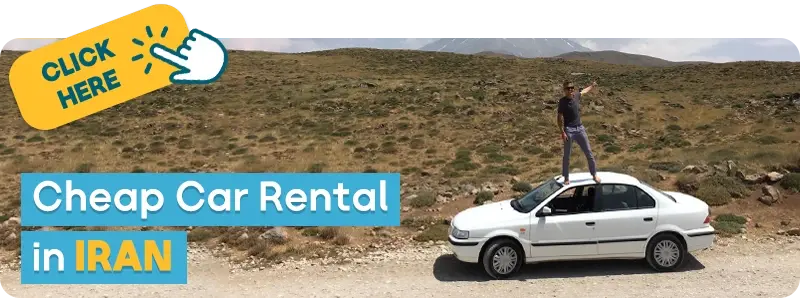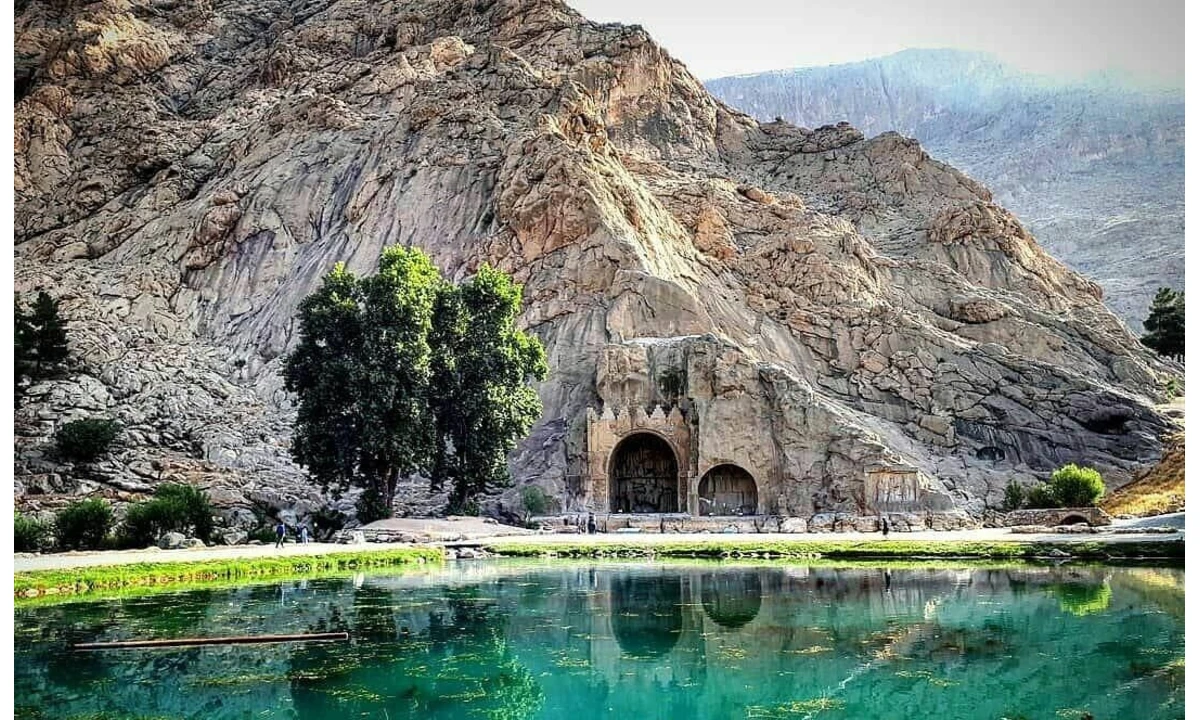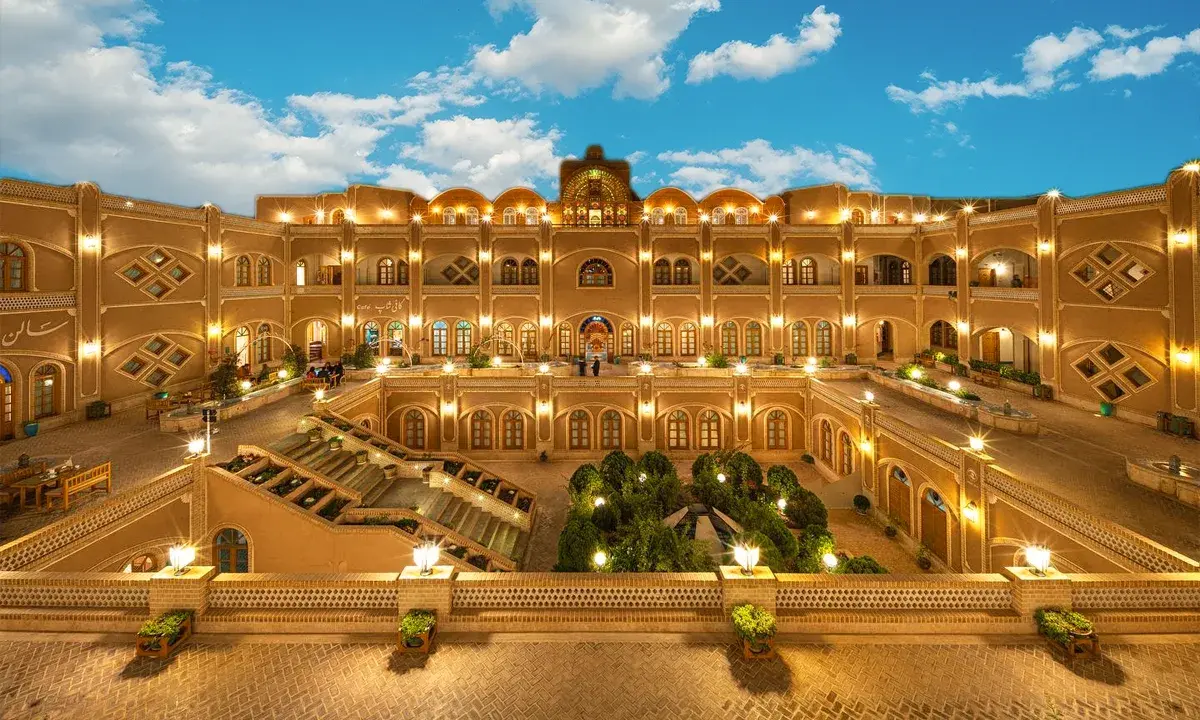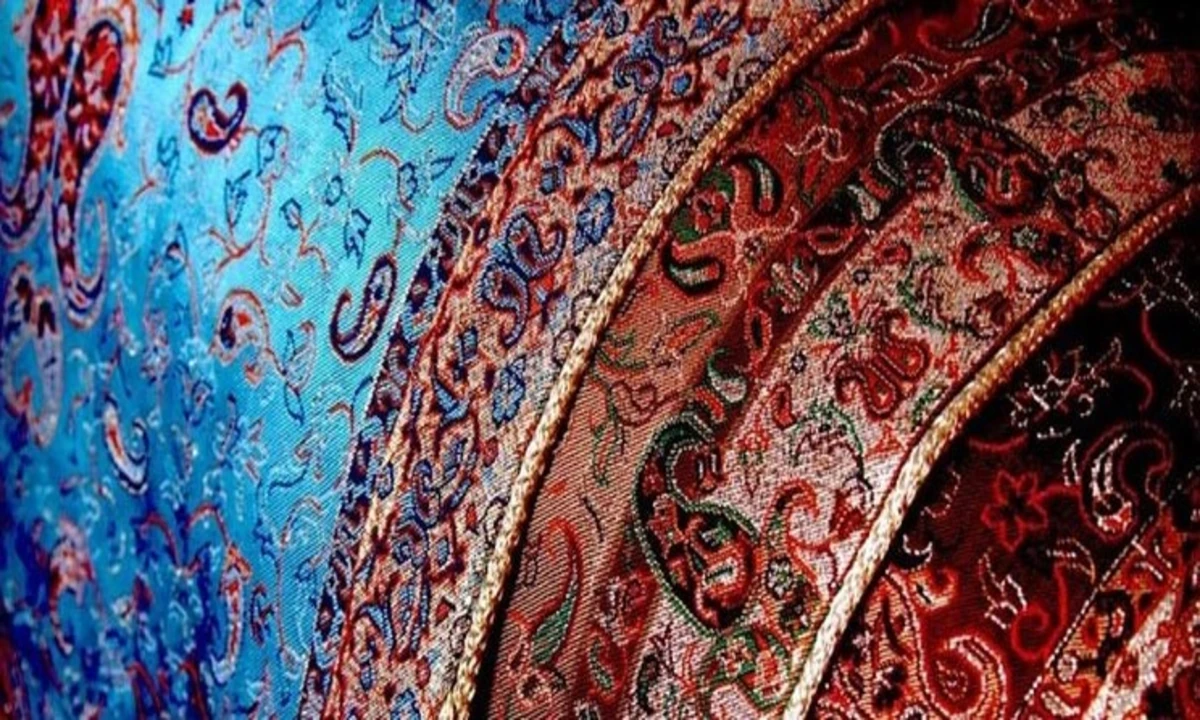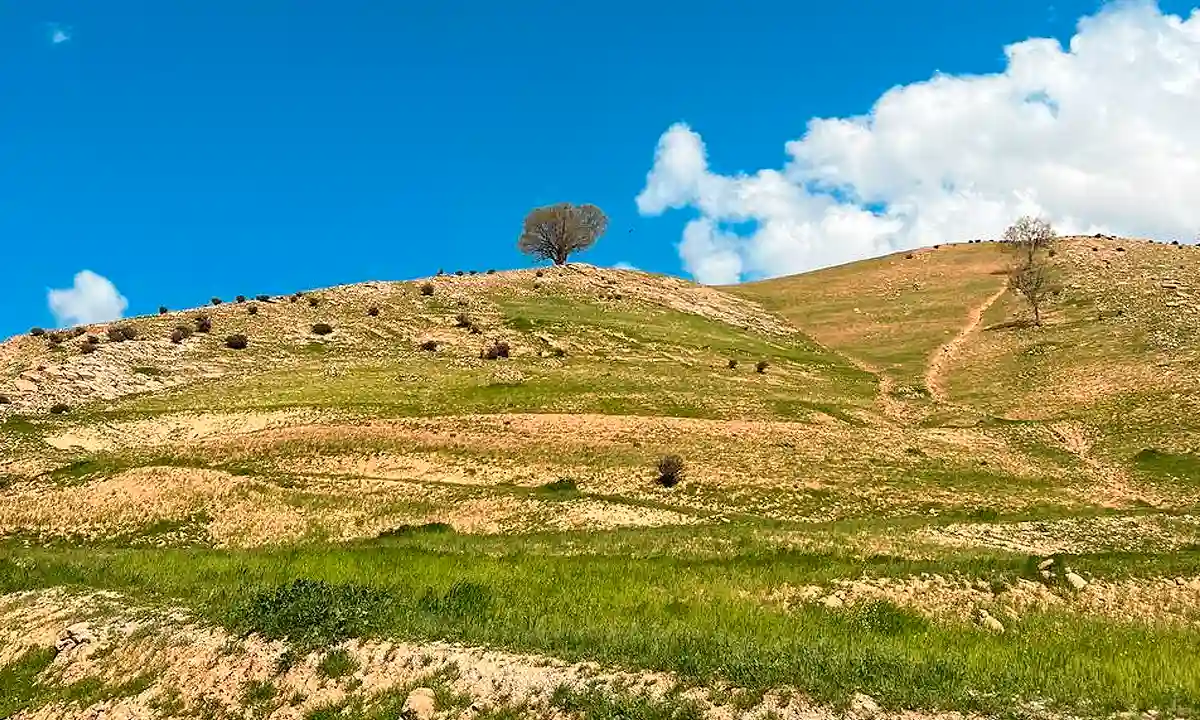The Best Natural Hot Springs in Iran | From North to South
![]() Author : Alirezaa | Date : Sunday 08 December 2024 15:33
Author : Alirezaa | Date : Sunday 08 December 2024 15:33

Iran, a country marked by its striking geographical diversity, boasts a landscape that ranges from towering mountains and arid deserts to lush forests and expansive coastlines. This varied topography is not only a testament to Iran's natural beauty but also contributes to the abundance of hot springs scattered across the country. The presence of these thermal waters can be attributed to Iran's unique geological features, including its location along major tectonic plate boundaries which result in significant volcanic activity and geothermal phenomena. These hot springs are not just natural wonders; they also play a significant role in Iran's cultural and health practices, drawing visitors for both their therapeutic benefits and their serene, natural settings. In this guide, you can find eight top hot springs in Iran, their locations, Photos, Therapeutic Benefits, and Facilities and Amenities.
✔️Read More : Top Natural Wonders in Iran 2024
What Are Top Hot Springs in Iran?
- Sarein
- Razan
- Mahallat
- Abbas Abad
- Gazor Khan
- Meshkin Shahr
- Kheir Abad
- Larijan
Wondering what the best hot spring destination in Iran is for your next journey? Look no further than Sarein; with its unparalleled therapeutic waters and scenic beauty, it stands as the top choice for anyone seeking the ultimate hot spring experience in Iran.
Top Hot Springs in Iran | From North to South
1. Sarein Hot Springs
Located in the northwest of Iran, near the city of Ardabil, Sarein is famed for its numerous hot springs. The town is nestled at the foot of the Sabalan mountains, making it a picturesque destination.
- Therapeutic Benefits: The waters here are rich in sulfur, calcium, lithium, and several other minerals known for their healing properties, particularly effective in treating bone, joint, and skin ailments.
- Facilities and Amenities: Sarein offers a variety of thermal baths, spa centers, and private pools. Accommodations range from luxury hotels to budget-friendly lodges. Many baths are equipped with modern facilities while maintaining traditional architectural elements.
- Attractions Nearby: Besides the hot springs, visitors can explore the Sabalan Mountain landscapes, Sheikh Safi al-Din Ardabili's shrine, and the nearby Shorabil Lake.
2. Razan Hot Springs
Located in the west of Iran, near Hamedan, Razan is situated at the base of the Alvand Mountain. It's known for its ancient inscriptions and historical significance.
- Therapeutic Benefits: The hot springs are known for their bicarbonate, chloride, sulfate, and sodium composition, offering relief from muscle pains and rheumatism.
- Facilities and Amenities: The site features modern bath facilities, including private and public baths, as well as nearby accommodations catering to various budgets. Restaurants and cafes are also available.
- Attractions Nearby: The Ganjnameh inscriptions, Ali Sadr Cave, and the Avicenna Mausoleum are significant attractions, offering a blend of natural beauty and historical exploration.
3. Mahallat Hot Springs
Situated in the central part of Iran, near the city of Mahallat, these hot springs are surrounded by flower gardens and an agricultural landscape, offering a tranquil setting.
- Therapeutic Benefits: Rich in lithium, magnesium, and sulfates, the waters here are reputed to aid in the treatment of dermatological and respiratory conditions.
- Facilities and Amenities: The area hosts several thermal complexes with bathing facilities, spa treatments, and a range of accommodations from resorts to guesthouses. Gardens and picnic areas add to the serene ambiance.
- Attractions Nearby: The nearby Soluktaragh Rose Gardens, Naragh Historic City, and the Ouyi Underground City provide cultural and natural excursions for visitors.
4. Abbas Abad Hot Springs
Nestled in the mountains near Behshahr in the northern province of Mazandaran, Abbas Abad Hot Springs offers a lush, green retreat.
- Therapeutic Benefits: These springs contain minerals that can help with digestive disorders and skin diseases, thanks to their unique chemical composition.
- Facilities and Amenities: The site is more rustic and natural, with fewer built facilities, appealing to those seeking an authentic hot spring experience. Local guesthouses and cottages offer accommodation.
- Attractions Nearby: The historical Abbas Abad Garden, Behshahr's cultural heritage sites, and the Caspian Sea's scenic beaches are all within reach, providing a varied itinerary for travelers.
5. Gazor Khan Hot Springs
Located near the historical city of Qazvin, in the village of Gazor Khan, these hot springs are nestled within the Alborz mountain range, offering stunning natural scenery.
- Therapeutic Benefits: The mineral-rich waters are believed to be beneficial for joint pains, skin diseases, and neurological disorders. The high mineral content, including calcium and magnesium, plays a crucial role in these therapeutic effects.
- Facilities and Amenities: Visitors can enjoy traditional and modern bathhouses, with options for private pools. Local accommodations provide a range of options, from traditional guesthouses to more modern hotels. Dining facilities serving local cuisine are also available.
- Attractions Nearby: The Alamut Castle, with its rich history as the stronghold of the Assassins, and the beautiful Ovan Lake are popular nearby attractions that offer historical exploration and outdoor activities like hiking and fishing.
6. Meshkin Shahr Hot Springs
Positioned in the northwest of Iran, close to Meshkin Shahr, these hot springs are located against the backdrop of the Sabalan mountain's slopes, providing a dramatic and inviting landscape.
- Therapeutic Benefits: Known for their sulfur-rich waters, these springs offer treatments for rheumatic diseases and skin conditions. The thermal waters are renowned for their restorative properties.
- Facilities and Amenities: The area boasts well-equipped spa facilities, including both public baths and private treatment rooms. Accommodation options range from luxury resorts to cozy lodges, catering to various tastes and budgets.
- Attractions Nearby: The suspension bridge of Meshkin Shahr, one of the longest in the Middle East, offers breathtaking views. The Sabalan mountain itself is a major attraction for trekking and skiing enthusiasts.
7. Kheir Abad Hot Springs
Situated in the Zagros mountain range, near the city of Kermanshah, Kheir Abad Hot Springs are renowned for their scenic beauty and tranquil surroundings.
- Therapeutic Benefits: The waters here are rich in minerals like sodium, calcium, and magnesium, making them ideal for treating digestive problems and skin conditions.
- Facilities and Amenities: The site offers a traditional bath experience with modern comforts. Visitors can find accommodation in nearby hotels or guesthouses. Local restaurants serve traditional Kurdish and Iranian dishes.
- Attractions Nearby: The historical sites of Bisotun and Taq-e Bostan, both UNESCO World Heritage Sites, offer a glimpse into Iran's ancient civilizations. The region's rugged landscapes also provide opportunities for hiking and exploring.
8. Larijan Hot Springs
Larijan hot springs are located in the Amol county of Mazandaran province, in the north of Iran, nestled in the lush foothills of Mount Damavand, Iran's highest peak.
- Therapeutic Benefits: The thermal waters, rich in sulfur, are believed to help with skin diseases, rheumatism, and muscle pains. The high mineral content contributes to their healing properties.
- Facilities and Amenities: The area is known for its rustic bathhouses that offer a mix of traditional and modern bathing experiences. Accommodations include local guesthouses and rural lodges, providing an authentic taste of Iranian countryside living.
- Attractions Nearby: The proximity to Mount Damavand makes it a popular spot for hikers and mountain climbers. The scenic beauty of the area, including nearby valleys and rivers, adds to the appeal for nature lovers.
These hot springs, each with its unique charm and therapeutic benefits, highlight Iran's rich geothermal heritage. They offer visitors a blend of health, relaxation, and the opportunity to explore the country's diverse natural and cultural landscapes.
The Best Hot Springs in Iran Photo Gallery
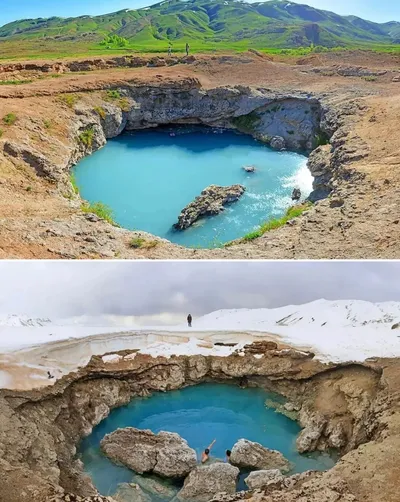
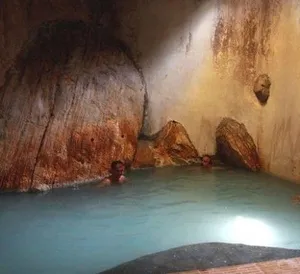
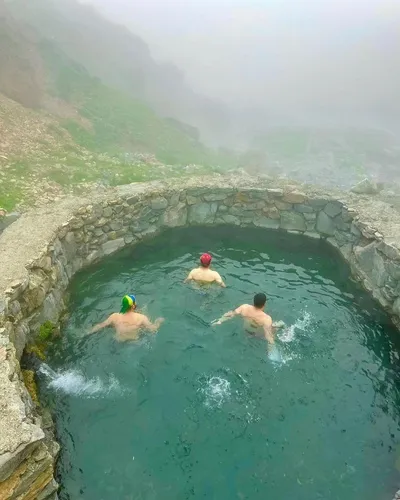
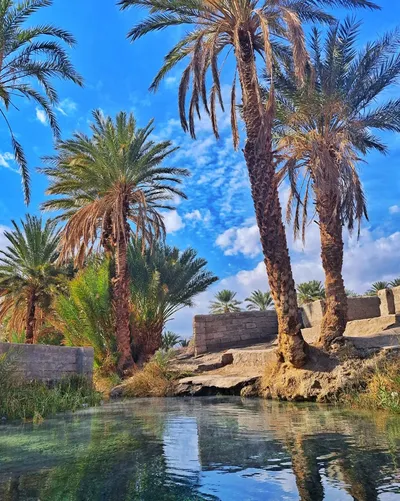
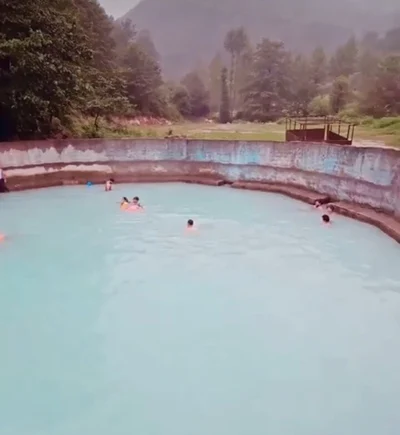
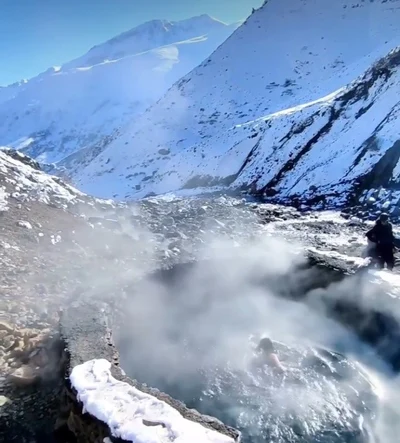
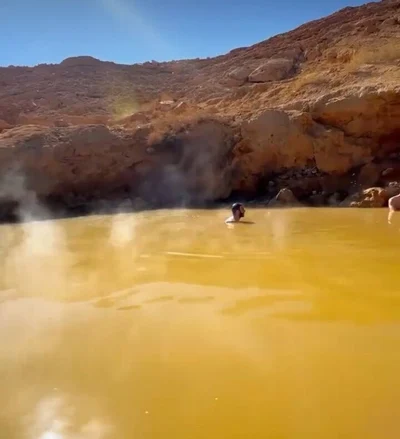
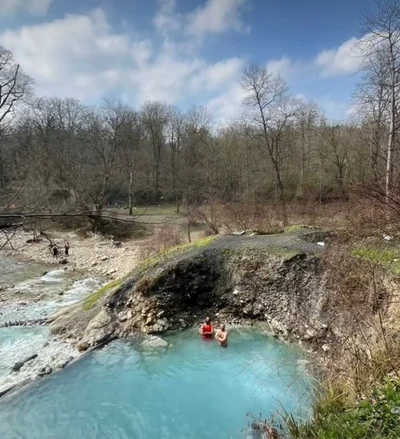
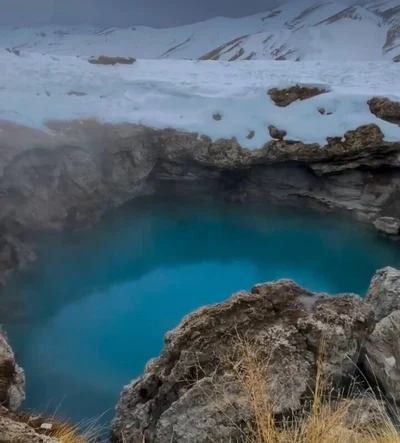
The Best Time to Visit Iran’s Hotspring
Iran's diverse climate, ranging from arid and semi-arid to subtropical along the Caspian coast and cooler in the northwest, influences the best times to visit its hot springs. Here's a general guide based on the geographical location from north to south:
Northern Iran (e.g., Larijan Hot Springs near Mount Damavand)
Best Time to Visit: Late spring (May to June) and early autumn (September to October). During these months, the weather is mild and pleasant, making it ideal for enjoying hot springs, especially since northern Iran can get quite cold in winter and very humid in summer.
Northwest Iran (e.g., Sarein Hot Springs near Ardabil)
Best Time to Visit: Summer (June to September). The northwest of Iran has cooler temperatures year-round, so visiting in summer allows you to enjoy the hot springs while avoiding the colder winter temperatures. The region can be particularly inviting in July and August.
Western Iran (e.g., Ganjnameh Hot Springs in Hamedan)
Best Time to Visit: Spring (April to June) and autumn (September to November). These periods offer moderate weather, with spring bringing lush landscapes and autumn offering cool, pleasant temperatures, ideal for hot spring visits without the extreme cold of winter.
Central Iran (e.g., Mahallat Hot Springs)
Best Time to Visit: Spring (March to May) and autumn (October to November). Central Iran experiences extreme heat in the summer, making spring and autumn the best times for visiting hot springs, with comfortable temperatures and fewer crowds.
Southern Iran (Though less known for hot springs, considering the general climate)
Best Time to Visit: Late autumn, winter, and early spring (November to March). Southern Iran is warm to hot year-round, with mild winters, making it comfortable for enjoying outdoor activities in the cooler months.
✔️Read More : When is the best time to visit Iran? | 2024 update
Last Word
Iran's hot springs stand as a testament to the country's unparalleled natural beauty and rich geological diversity, offering visitors not only a chance to rejuvenate but also to immerse themselves in the warmth of Persian culture and history. From the lush landscapes of the north to the serene deserts of the center, each spring tells a story of nature's healing power and the land's ancient heritage. Whether seeking therapeutic relief, adventure, or a peaceful retreat, Iran's hot springs beckon travelers from around the world to explore their warm waters and surrounding wonders. We invite you to dip into the transformative experience of Iran's hot springs, where every visit promises a blend of relaxation, discovery, and enchantment.
